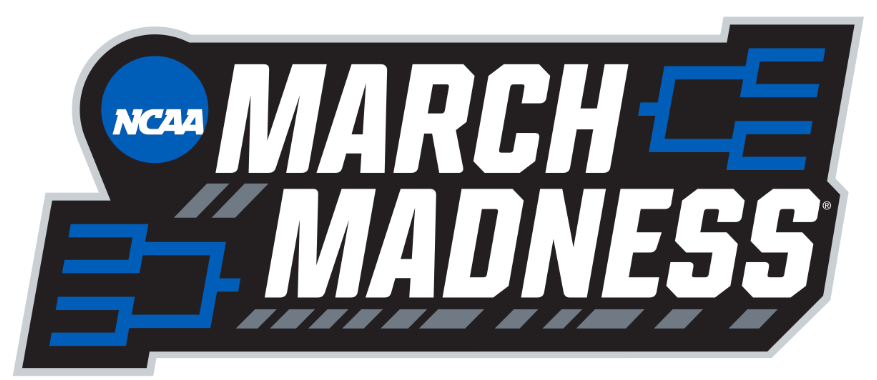
Since 1939, March Madness has been used to describe basketball tournaments. It originally started at Illinois State High School, but over the years it has come to be recognized with the NCAA. As the name implies, the single elimination tournament begins in March every year for both the men's and women’s teams.
As we are heading into March Madness 2023 right now, you may want to know more about the origins of March Madness. Thus, we have created this simple guide to explore the history of March Madness.
March Madness Origins
In Illinois, “March Madness” first appeared. The Illinois High School Association's (IHSA) yearly competition for boys high school basketball teams developed from a modest invitational event in 1908 to a state-wide institution. With over 900 schools participating by the late 1930s.
The Huff Gymnasium at the University of Illinois frequently saw sold-out crowds. Especially when crowds would come to see a group of particular teams called the “Sweet Sixteen”.
How Did March Madness Get Its Name?
The Illinois High School Association's assistant executive secretary, Henry V. Porter, was so moved by the craze that he created an essay to honor it. The term, “March Madness,” originally appeared in the IHSA's publication, Illinois Interscholastic, in 1939. Newspaper writers found the phrase to be appealing and used it frequently.
Throughout the 1940s to the 1950s, when the tournament was in its “Golden Age,” the term “March Madness” was adopted to describe it. It was a time when some of Illinois' most illustrious teams rose to prominence. Notably the unbeatable 1944 Taylorville side and the unstoppable 1949 and 1950 champions from Mount Vernon.
Yet the one champion who stands out above the rest is the small Hebron school, which had just 98 students, when it won the competition in 1952.
March Madness Become Official
The IHSA competitions kept expanding and improving. The most memorable finale was observed by spectators in 1963 when the tournament was transferred to the enormous new hall on the University of Illinois's campus. Centralia defeated Chicago Carver, thanks to a last-second shot by Anthony Smedley, who was a last minute substitute.
March Madness was gaining rapid popularity at this time. The IHSA started using the phrase on its official products and programs in 1973. The organization hired Jim Enright, a seasoned Chicago reporter and Big Ten basketball official to pen the tournament's official history in 1977. This results in a book titled March Madness.
The spirit of March Madness has since spread from coast to coast. As other businesses and organizations, including state high school associations and manufacturers, have been granted licenses by the IHSA to use these trademarks. During this time, the IHSA earned the trademark for the phrase “March Madness” and also registered the term “America's Original March Madness”.
Check out FanDuel for the current March Madness lines for your favorite basketball teams.
March Madness Teams Expand
There were just eight teams in the 1939 event. The tournament increased to 16 teams in 1951, and over the next few decades, it continued to grow until 1985, when the current structure of a 64-team competition started.
A single game was added before the first round in 2001 as the Mountain West Conference entered Division I and earned an automatic bid, bringing the total number of teams to 65. Three additional clubs and three additional games were added in 2011 to complete the First Four.
What Is March Madness Like Today?
The March Madness of today is unlike the March Madness from the 1930s. There are eight tournaments, involving Class 1A, 2A, 3A, and 4A. This consists of the smallest to the largest schools, for both men and women, played in Normal and Peoria.
Today, an “Elite Eight” of teams progress to the state championships. These competitions now include “The Happening,” which is a dramatic game featuring the finest three-point shooters in the state. In addition, since 1996, basketball fans in Illinois have been able to take part in the excitement thanks to the “March Madness Experience,” a fun-filled exhibition hall.
March Madness Theme Song
The March Madness theme song is One Shining Moment.
David Barrett wrote the song in 1986, and it was originally performed at the 1987 NCAA men's basketball championship. A compilation of the top March Madness moments, including every buzzer-beating play, significant upset, and fan reaction, is shown after each tournament.
Although Barrett intended for the song to air following Super Bowl XXI, it was originally written as an ode to basketball. The song was never played during the Super Bowl because the game ran longer than it was expected to. However, CBS producer Doug Towey utilized it during the March Madness tournament that followed, and it has been played ever since.
Conclusion
When March rolls around, all basketball fans get excited for March Madness. This term was originally used to reference a basketball tournament held by Illinois high school. Later on, this term would be taken on by the NCAA tournament in 1982.
We hope this article has been helpful and given you a brief overview of the history of March Madness and how it became what it is today.

